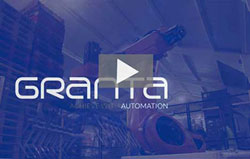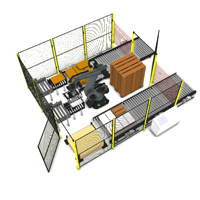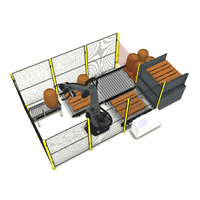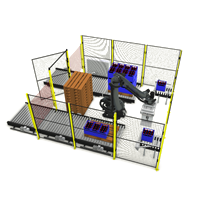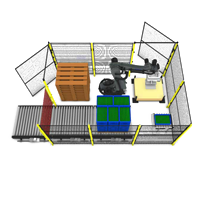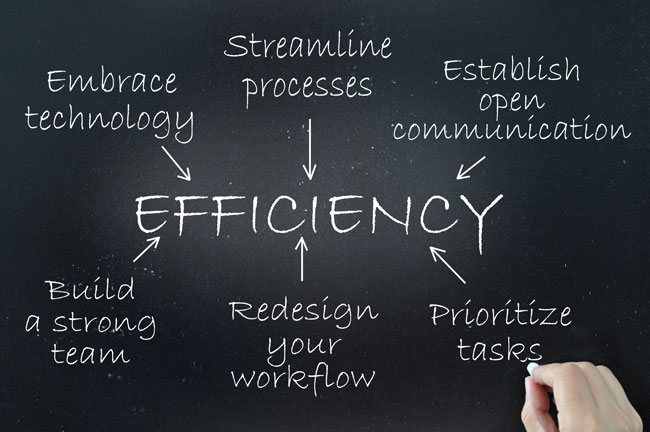
Scaling a manufacturing business is never a straight line. Growth brings opportunity, but it also magnifies inefficiencies, exposes weak systems, and tests leadership discipline. Companies that scale too fast without the right foundation often end up eroding margins, burning out their workforce, and leaving customers frustrated. On the other hand, scaling too slowly—or failing to prepare for scale—can mean losing ground to competitors who were bolder and better prepared.
Here, we outline the most common mistakes manufacturers make when scaling their operations, along with practical lessons drawn from composite case studies that reflect real-world industry patterns.
1. Scaling Before Optimising Existing Processes
One of the most frequent—and costly—errors manufacturers make is assuming that adding more machines, people, or facilities will solve existing problems. If your processes are inefficient at 10,000 units per month, they’ll be exponentially worse at 50,000.
Why it happens: Leaders feel pressure to grow fast, especially when demand is strong. Investors and customers may be urging expansion, but adding capacity without fixing bottlenecks is like pouring water into a leaky bucket.
The smarter approach: Before investing heavily in expansion, audit your current workflows. Apply lean principles, cut unnecessary steps, and implement tighter quality control at your existing scale. Streamlining before scaling not only saves money but also prevents you from embedding inefficiencies into a larger, harder-to-fix system. The companies that succeed at scaling are often those that spend the most time fine-tuning their operations before stepping on the gas.
2. Financial Overreach and Mismanagement
Scaling requires capital. But many companies underestimate how much cash is tied up in inventory, receivables, and longer production cycles. Others make the mistake of assuming that increased volume will automatically drive profitability.
Common financial missteps include:
- Over-leveraging debt to finance expansion without clear repayment strategies.
- Ignoring working capital needs during scale-up.
- Failing to model different demand scenarios—optimistic, conservative, and worst-case.
- Assuming bulk raw material purchases will always lower costs (without factoring in storage and spoilage risks).
Lesson: A disciplined financial model is as important as a production plan. Cash flow should be stress-tested for volatility in raw material prices, customer payment delays, and potential demand fluctuations. Experienced manufacturers know that running out of cash in the middle of a scale-up is far more damaging than running out of capacity.
3. Underinvesting in Technology
Technology is not a luxury when scaling—it is the backbone of sustainable growth. Yet too many manufacturers stick with outdated ERP systems, manual reporting, and siloed communication channels even as they expand.
Why this matters: Without real-time visibility into operations, it’s impossible to make agile decisions. Bottlenecks remain hidden, quality issues are discovered too late, and forecasting becomes guesswork. What works for a 20-person team breaks down at 200.
Smart investments include:
- Scalable ERP and MES platforms that integrate finance, production, and supply chain.
- IoT-enabled equipment monitoring for predictive maintenance.
- Data analytics tools to support demand forecasting and process optimisation.
- Automation solutions such as automated palletiser that free up skilled staff for higher-value tasks.
Companies that treat technology as an afterthought often find themselves forced into costly retrofits down the line. In contrast, manufacturers that plan for digital infrastructure early often scale more smoothly and with fewer surprises.
4. Neglecting People and Culture
Scaling is as much about people as it is about machines and capital. Companies often expand production capacity but fail to prepare their teams for the operational and cultural shifts that come with it.
Signs of trouble:
- Skilled workers are stretched too thin, leading to errors and burnout.
- Training programs don’t keep pace with new technologies and processes.
- Communication between leadership and frontline staff breaks down.
- A once-close-knit culture starts to fragment under the weight of rapid growth.
The overlooked factor: Employees who once wore multiple hats may struggle in a more complex environment where specialisation is required. Without deliberate investment in training, leadership development, and communication channels, companies risk alienating their best people.
Lesson: Scaling should enhance culture, not erode it. Leaders who double down on employee engagement, recognition, and development during growth phases often find their teams become stronger and more committed rather than stretched to breaking point.
5. Composite Case Studies: Lessons From the Field
The following examples are composites, drawn from patterns observed across multiple manufacturers. They illustrate common pitfalls and best practices, while preserving anonymity.
Failure Scenario: The Electronics Manufacturer That Grew Too Fast
A mid-sized electronics company doubled its factory size to meet rising demand from a single large customer. But because they failed to optimise processes beforehand, defect rates skyrocketed. The new facility magnified existing inefficiencies, and when the customer cut orders, the company was left with crippling debt and excess capacity. Within three years, the business had to restructure and lay off half its workforce.
Success Scenario: The Precision Components Supplier That Scaled Smartly
Another manufacturer took a phased approach—first investing in process automation and lean training at its existing facility. Only after consistently hitting quality and delivery targets did they expand into a new plant. By leveraging integrated ERP systems and predictive analytics, they scaled smoothly and gained a reputation for reliability in a competitive sector. Within five years, they had doubled revenue without eroding margins.
Failure Scenario: The Textile Firm That Ignored Culture
A family-owned textile business tripled production capacity in just two years, but neglected workforce planning. Employees were overwhelmed by longer shifts, training lagged behind new machine installations, and miscommunication caused costly errors. Morale collapsed, leading to a wave of resignations from highly skilled technicians—the very people needed to keep production on track.
Success Scenario: The Automotive Supplier That Invested in People
By contrast, an automotive parts supplier scaling from regional to national distribution invested as much in its people as in its equipment. The company introduced structured apprenticeship programs, continuous training in new technologies, and clear communication from leadership about the reasons behind every change. As production ramped up, so did employee loyalty, reducing turnover and increasing efficiency.
Conclusion
Scaling a manufacturing business is not just about doing more—it’s about doing better, then bigger. The biggest mistakes—rushing into growth without optimisation, neglecting financial discipline, ignoring technology, and overlooking people—are avoidable with foresight and discipline.
For manufacturers, the lesson is clear: invest in process, people, and platforms before you invest in square footage and machinery. Growth should be the result of readiness, not desperation. The businesses that thrive at scale are those that grow deliberately, balancing ambition with preparation and building a foundation that can support their future success.
Ready to improve palletising efficiency in your facility?
Call us on 01223 499488, or request a free consultation today. Let us help you stack smarter, work faster, and build an operation that’s ready for whatever comes next.
Find out more…
- Grantas Portable Cobot Palletising System: High-Performance Automation That Moves With You
- Manual vs. Automatic Palletising: A Comprehensive Comparison
- Manufacturing Efficiency: Why Every Second (and Every Pound) Counts
- The Hidden Costs of Downtime in Food & Beverage Production
- How Robotic Palletisers Deliver Fast ROI for Manufacturers

